Driven by consumers, the kitchen cabinet industry has undergone a fundamental change from the standard wooden drawer box to the clean, modern, and minimal aesthetic of the metal drawer box.

Metal drawer boxes can also be installed quickly and easily increasing efficiency for both consumer and cabinetmaker.
Woodworker Express carries the top manufacturers of metal drawer box systems but, let’s talk about Grass America.
Grass America offers four, yes four, different metal drawer box systems. Let’s look deeper at the features and benefits of each system:
- Nova Pro Scala
- Vionara
- Zargan
- ZBox
Grass Nova Pro Scala Metal Drawer Box System
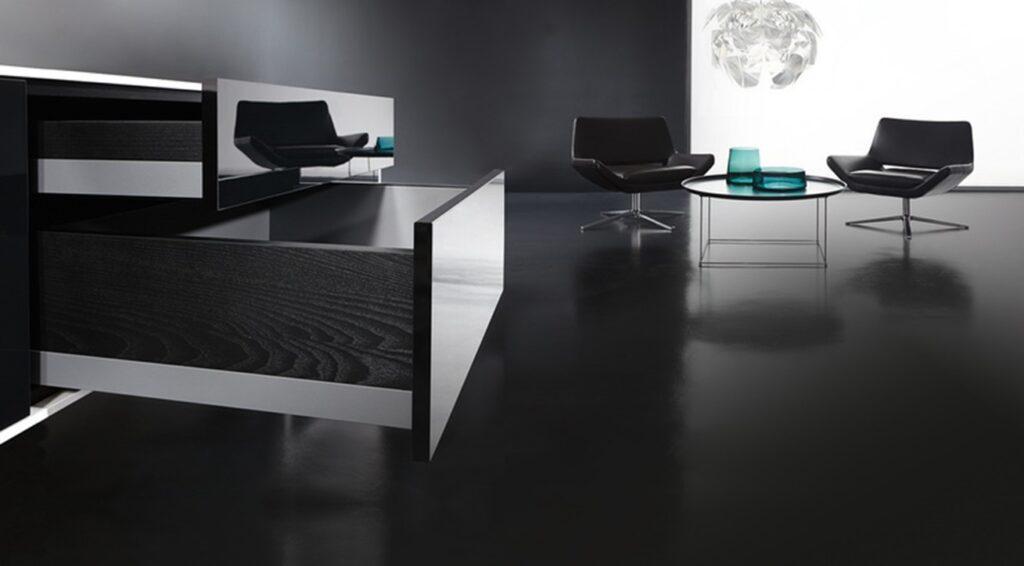
With Nova Pro Scala, an integrated drawer concept was developed as a design and functional solution to meet a wide range of requirements for various markets. Thanks to its modular versatility, Nova Pro Scala can satisfy varied consumer requests. Whether contemporary or classical, Nova Pro Scala offers each customer a functional, added value product which turns the act of opening and closing drawers into an artistic experience.
It is available in a wide range of options in colors, heights, and lengths able to satisfy the most discerning of cabinet manufacturers. Three stunning colors in the popular shades of Silver, Stone, and Ice are elegant and represent the modern design of cabinetry. The drawer side heights are offered in 63mm and 90mm as well as deep drawers with heights of 186mm and 250mm. These deep drawers add an element of variety when working with the system. Other options for a deep drawer are the rectangular railings that have long been a classic solution for adding height to a drawer.
A rectangular railing system has been developed that optimizes all components of the system and has been restyled to create a harmonized look. From the front bracket to the back-panel connector, everything is aligned, snug, and coordinates to provide an elegant impression
For interior organization, Nova Pro Scala offers the Tavinea Optima system. The Tavinea Optima system is simple with two frame elements and one divider rail to create the organization you need.
View Grass Nova Pro Scala Metal Drawer Box System…
Grass Vionara Metal Drawer Box System

Vionaro, the new generation of double-wall drawers, combines with Dynapro drawer slides for a system so advanced, yet stylish.
Design, attention to detail, precise movement, and quality – virtually no other drawer system achieves such a perfect form. When you open the innovative Vionaro drawer, you find a slimline designer inspired drawer. Sides of just 13mm (1/2″) made from materials of the highest quality offer a drawer with the ultimate in storage space design.
The Vionaro drawer sides rest on top of the proven Dynapro concealed drawer slide system turning Dynapro into a multi-functional system. This combination results in a complete drawer system that meets the highest design aspirations. Vionaro has everything that Dynapro has: a full extension concealed drawer slide with outstanding running performance, a high load carrying capacity and a low pull-out force.
It is the complete drawer system for modern cabinetry. Vionaro features a strong connection to the drawer front offering height, tilt, and side adjustment on the drawer sides and depth adjustment from the drawer slide. The soft-close action brings the Vionaro drawer to a gentle quiet close.
View Grass Vionara Metal Drawer Box System…
Grass Zargen Metal Drawer Box System
Zargen delivers superior performance with tried-and-tested technology.
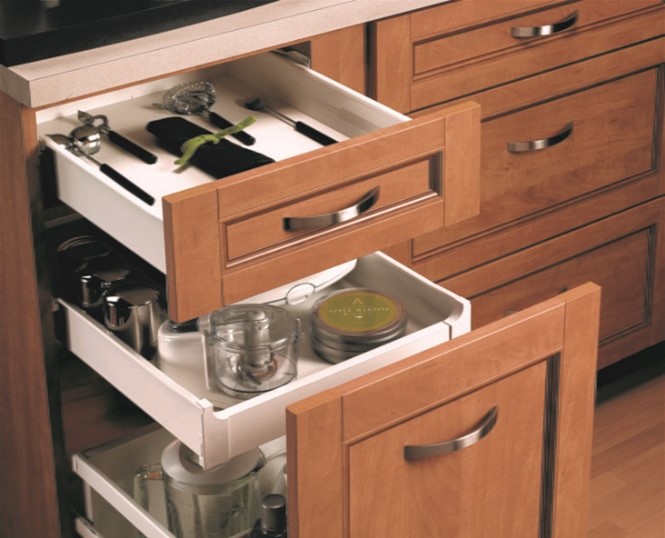
For years, the Zargen metal drawer system has provided cabinet makers the quality, functionality, and versatility expected of Grass hardware. From residential and office furniture to commercial and institutional settings, the Zargen System consistently delivers superior performance. Offering five side heights and flexible railing systems, the Zargen drawer provides endless possibilities for the well-organized storage system.
Features and Benefits
- Integrated drawer slide and drawer side
- White epoxy finish
- 100 lb load capacity
- For 5/8″ material
- Quick assembly with integrated front fixing brackets
- Built in drawer front bumpers
- Side and height adjustment
- Made in the U.S.A.
View Grass Zargen Metal Drawer Box System …
Grass ZBox Metal Drawer Box System
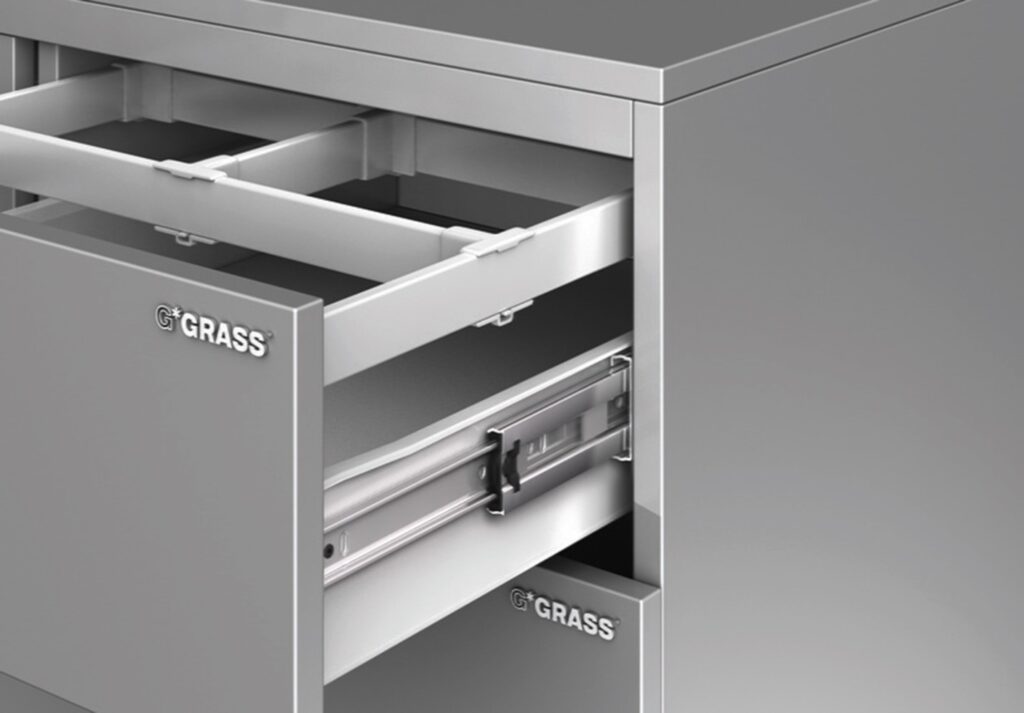
The Grass ZBox offers all the same features of the Zargen system but with one new twist – the Zargen drawer side is mounted to a Grass ball bearing drawer slide to create a new full extension metal drawer. The combined strength of the ball bearing drawer slides with the Zargen’s steel construction offers a drawer solution that saves time and money with its quick drawer box construction and simple installation. The ZBox offers standard drawer and deep drawer heights, railing system, and Pendaflex filing systems to provide a wide range of possibilities for your cabinet construction.
Features and Benefits
- Integrated side mount ball bearing drawer slide and metal drawer side
- Ball bearing telescopic full extension
- Hold-in detent ensures drawers stay closed
- Easy lever disconnect for removal of drawer box from cabinet member
- Drawer side – white epoxy finish; Drawer slide – zinc coated steel
- Load capacity: 100 lb dynamic, 100 lb static
- Adjustments: Cam Height ±2mm, Side ±1.5mm
- Zargen is made in the USA, ZBox is assembled in the USA
View Grass ZBox Metal Drawer Box System …
Whichever metal drawer box system you choose, Grass America is there to support you with a quality offering of four different systems giving you choices of styling and design to satisfy any need.




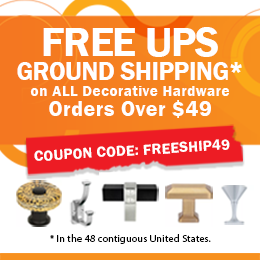

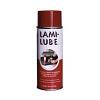




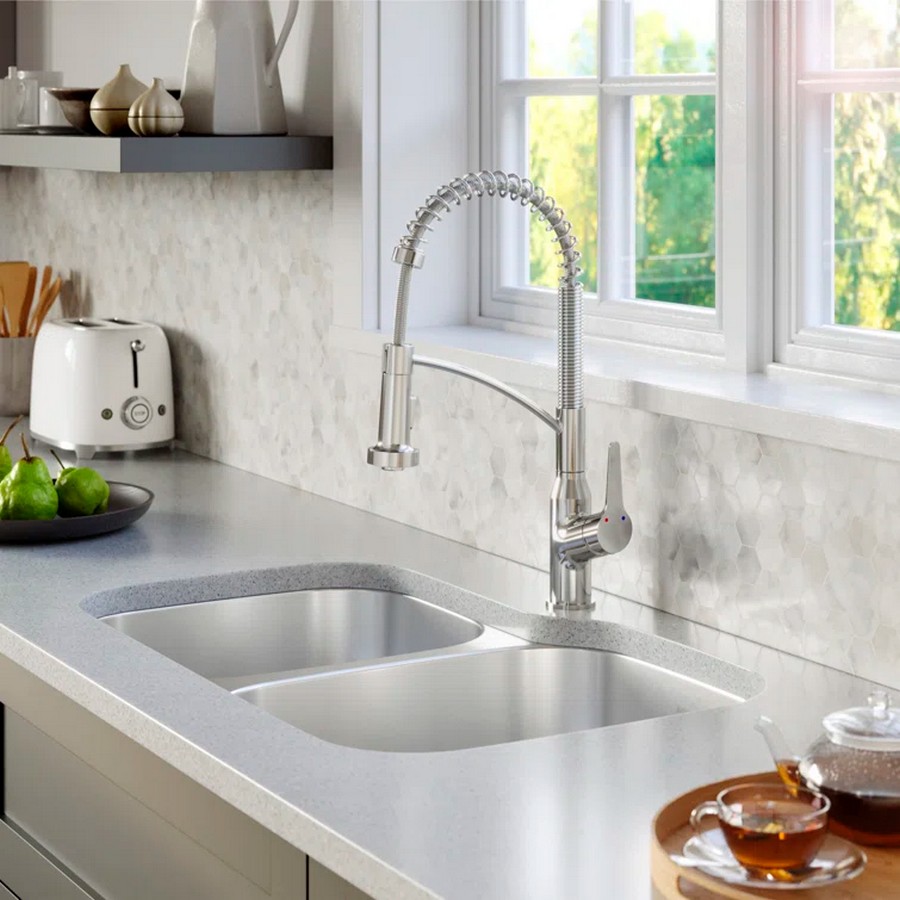
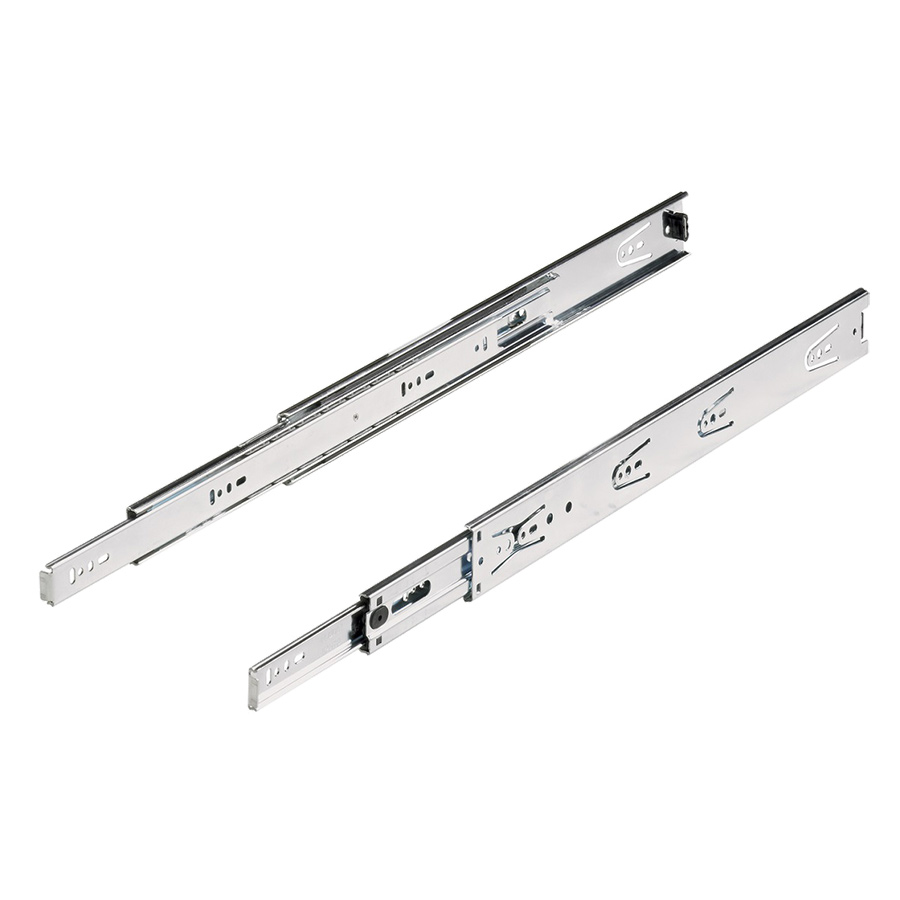

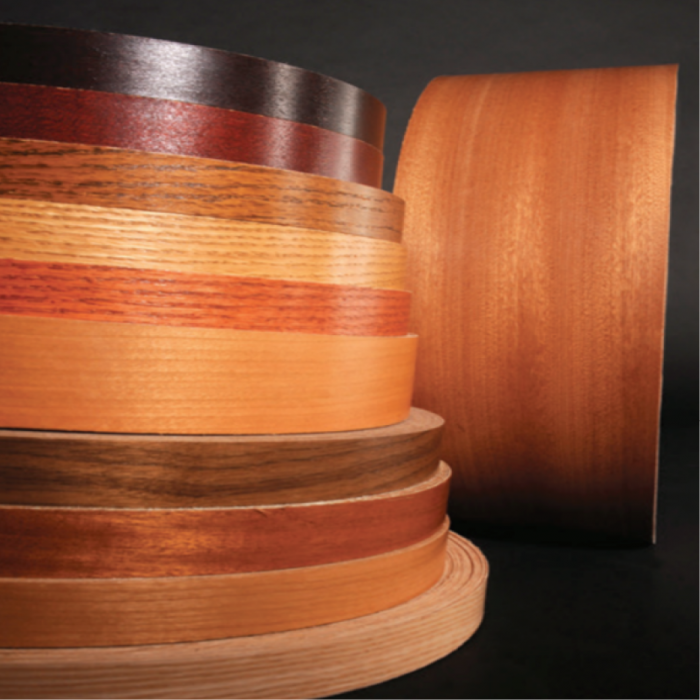
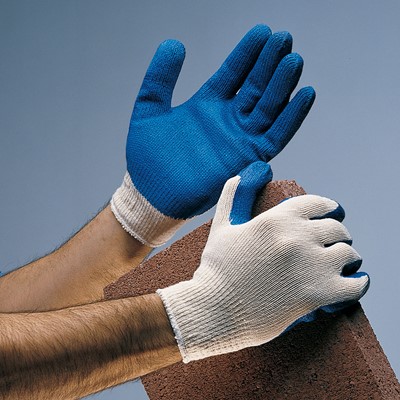
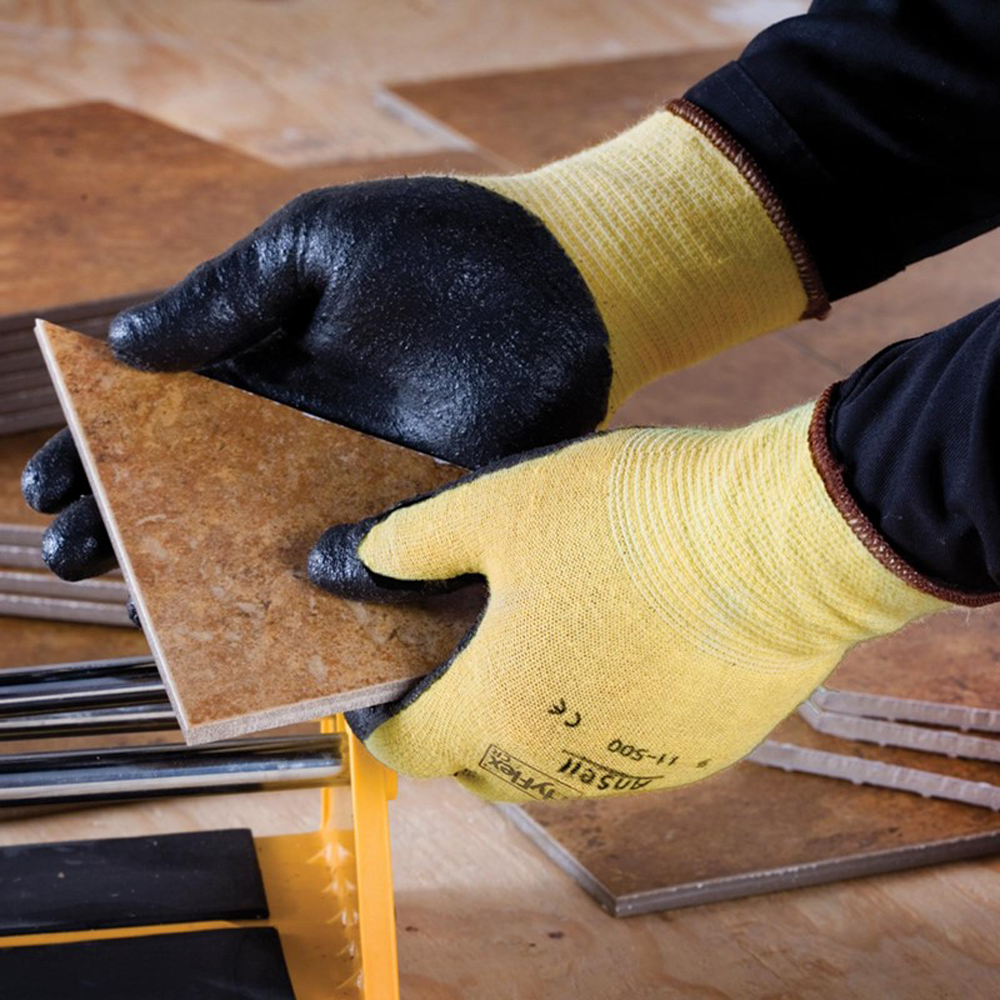
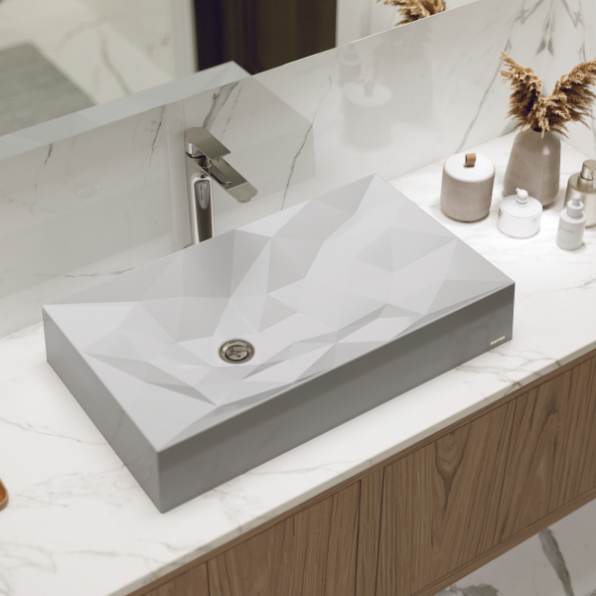
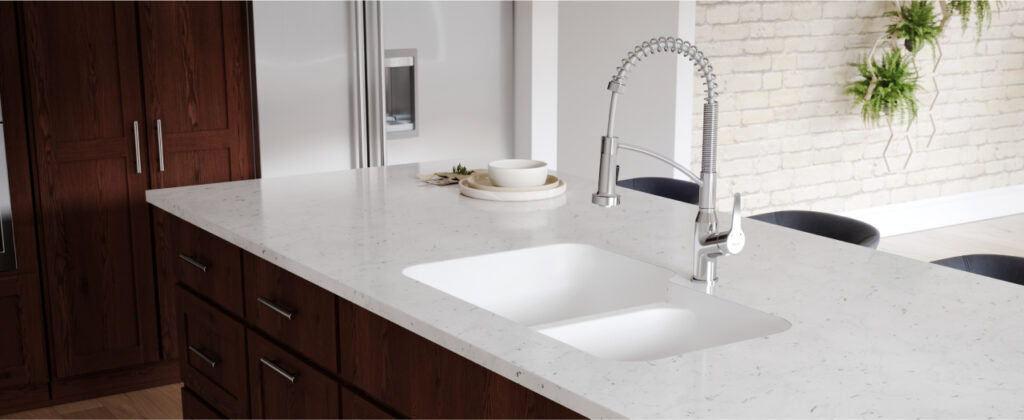
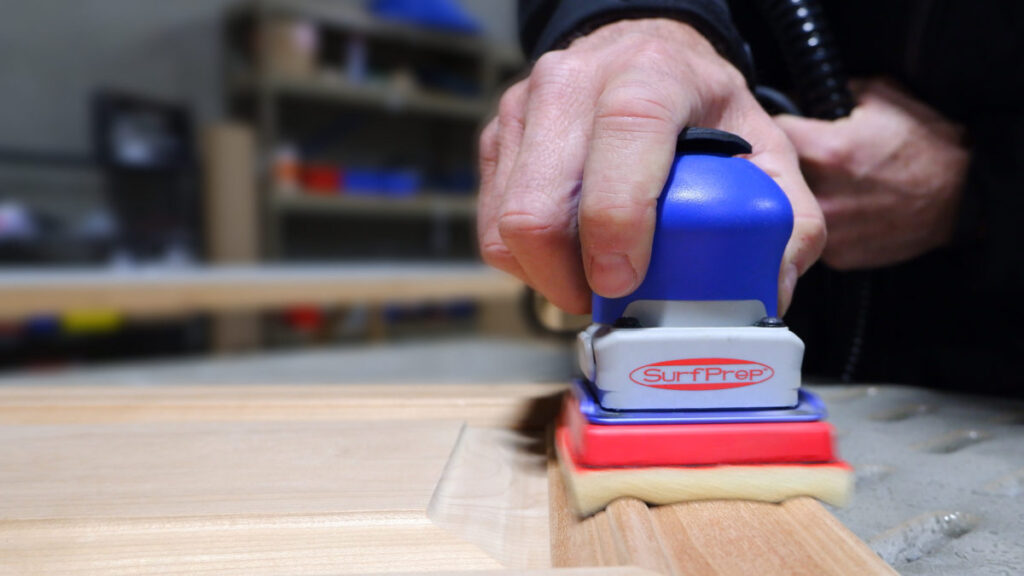
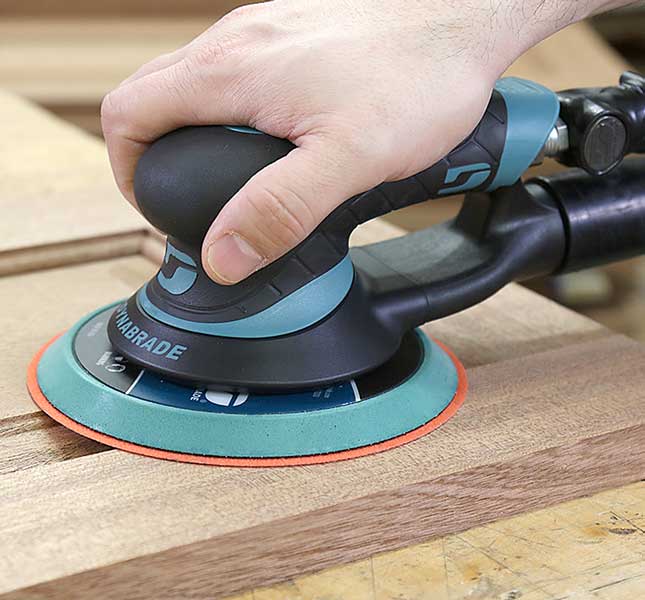
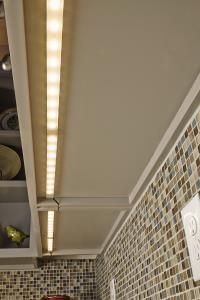
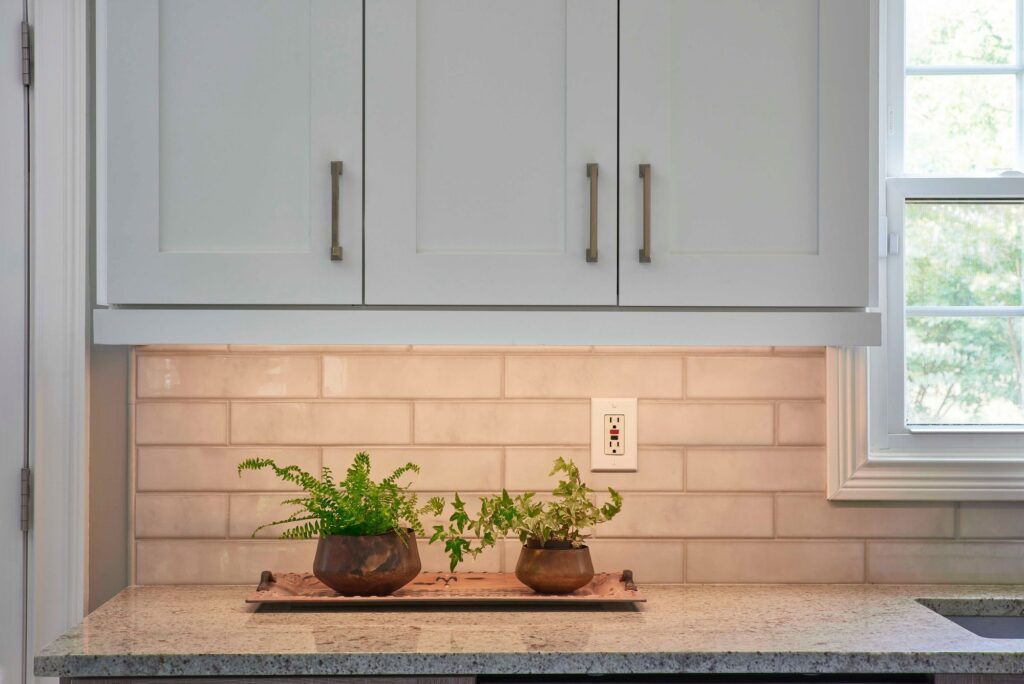
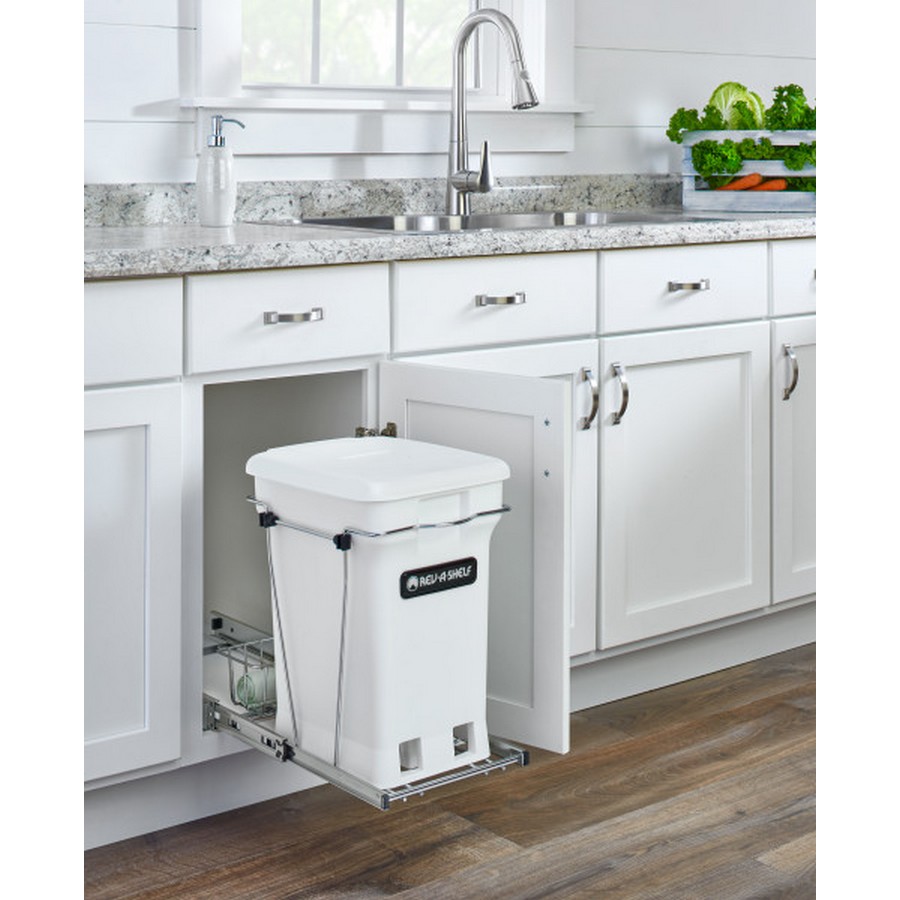
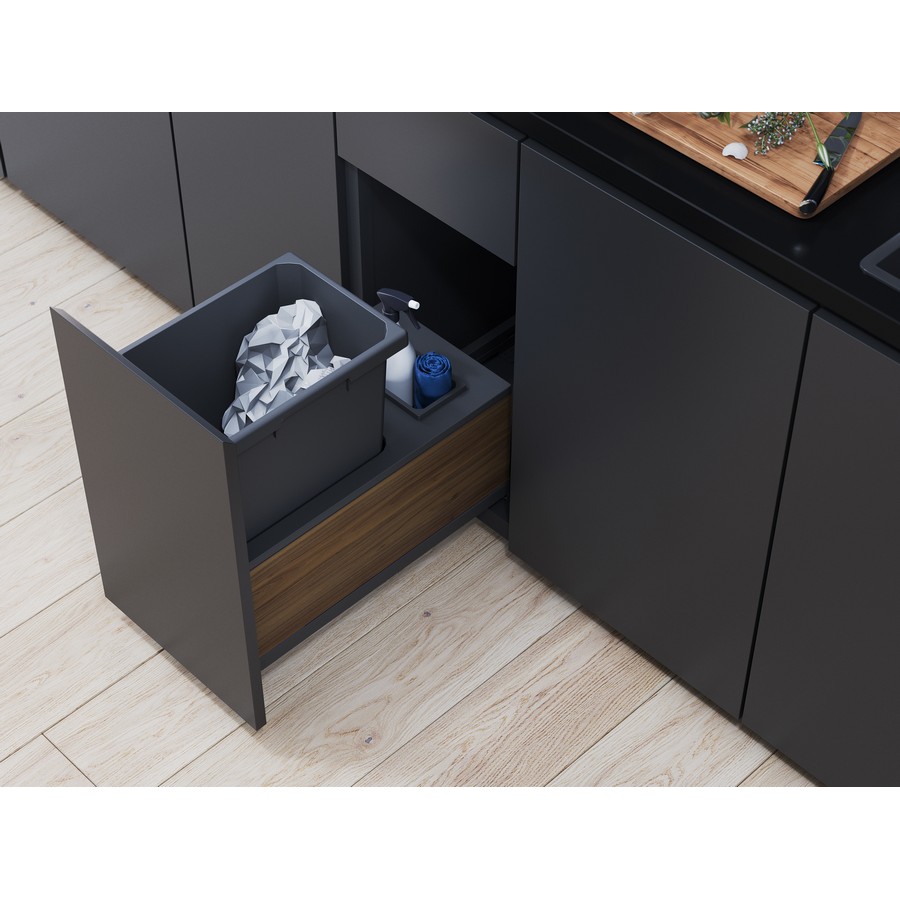

 Do Not Sell My Personal Information
Do Not Sell My Personal Information